IN SEARCH OF A NEW community NORMAL
Montez D. Parker II, Air Force veteran, operates a York-based security company. He is active on numerous community boards, including the York County History Center. In this guest column, written in 2020 and published in the York Daily Record, he reflects on several key moments in his hometown of York.
The situation
At the same time former NFL quarterback Colin Kaepernick took his knee to peacefully protest police brutality, I was in Camp Havoc Iraq with my 12-man Air Force team, a couple of drones and a camp full of Marines. I remember feeling torn for a moment. Here I am fighting for the flag while Colin Kaepernick kneels for a cause I stand by 110 percent.
I remember people across the world bashing him for his courageous act. At that time, my friends and family called me from home telling me how kids at York County School of Technology had vandalized vehicles and property of kids of color while chanting that all lives matter. The outcome of that act at Vo-Tech was that the “kids apologized.” Was that enough?

Since then, I honorably transitioned out of the Air Force and have been home for two years. Within those two years, I have become very involved in the York community – working as a director for the Salem Square Community Association, volunteering with grass root organizations to clean city streets, attending planning committees and focus groups. During those times I have heard leaders of all colors warn decision-makers in York County that we would return to the state of community relations that were experienced in York in the sixties if the needs of the Black and brown community go unmet.
Here we are.
More importantly, where do we go from here?
The Witness
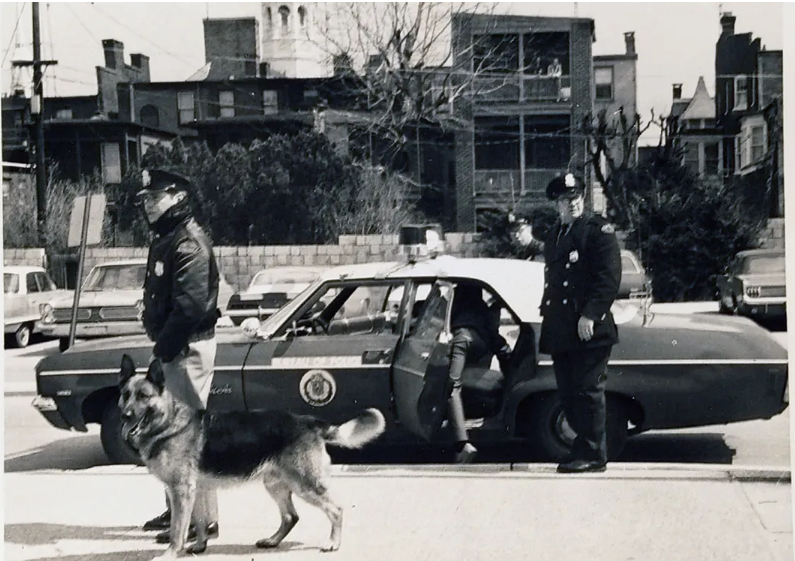
As the late James Baldwin stated, “People are trapped in history and history is trapped in them.”
We as a community should look at our history and take steps forward today to progress together as one York!
The uprisings in the 1960s had several consequences. One was known as “white flight,” which witnessed the acceleration of white people out of the City of York.
Earlier that decade, a very beautiful Black community in our city – the Codorus Street neighborhood – was taken by eminent domain. The pain from younger Black families losing their homes is still talked about with bitter emotion today. If you take a ride down College Avenue by Dentsply, you can now see green spaces and parking lots where the homes of those beautiful Black families were located – the Codorus Street neighborhood.
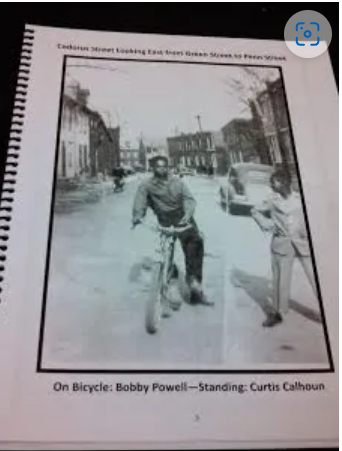
Now is the opportunity to rebuild those communities with love, reconciliation, understanding and synergy as the cornerstone. Now is the time to identify and embrace historical Black communities, culture and struggle as we make a way forward.
Secondly, we must address the poverty and wealth disparity in York city head-on. A plan to decrease poverty can wait no more. The excuse – “we don’t have the revenue” – no longer holds water. The revenue is here, the priority is not! It is known that there are billions of dollars of investable net assets in our county. Now is the time to change the way business is conducted in York County, to create a community based on equity and inclusion.
The city is faced with the burden of maintaining county buildings. These buildings and services have to be maintained, while a large portion of the city’s properties remain vacant and untaxed. Therefore, the county’s poorest population, those living in the City of York, must support services that are used by everyone in York County. Why is that? More importantly, why is there no plan to reverse it? Shouldn’t the rest of the county compensate our city for carrying such a heavy burden for such a long time? It is time for today’s business community to pick up that torch.
Further, we are tired of empty promises. What we need are programs and policy changes and timelines to achieve such changes.
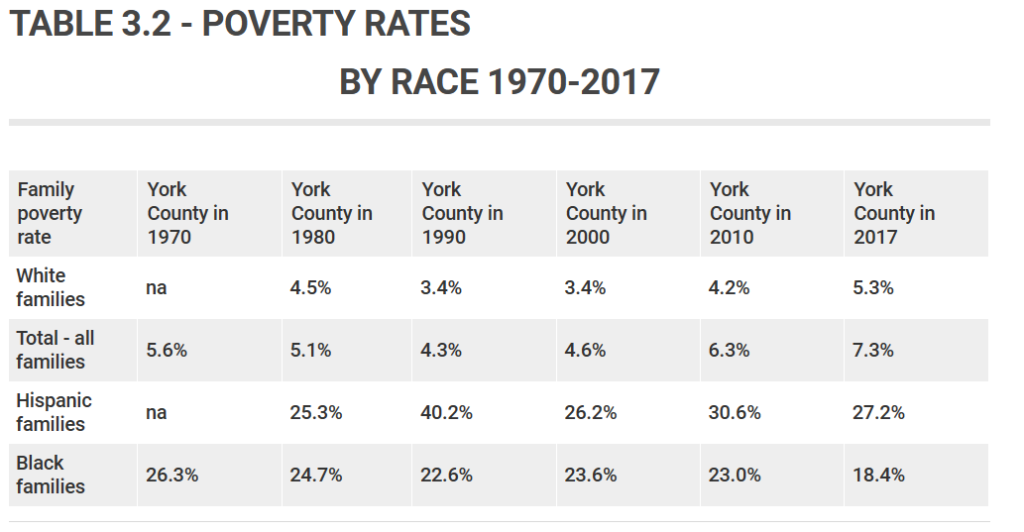
Leaders say they want equality and equity, let us see a diversity and inclusion policy that matches that promise. Although we appreciate expressions of love and solidarity, being seen, heard and felt sorry for will not get it done this time. What we need is equality and equity to match the speed of innovation and our tax dollars leveraged accordingly.
As I close, the late Abraham Lincoln stated: “Commitment is what transforms a promise into a reality.” Let us commit to making equality, equity, inclusiveness and prosperity regardless of race, gender, ethnicity, religion or creed a new normal in York County.
Related links
Plans call for investment in this neglected York neighborhood (ydr.com)
Redlining in York: How government policies kept Blacks poor, segregated (ydr.com)
The questions
In his call to action, Montez Parker urges decision makers to divert money to York City that was promised long ago. He purposes that policy makers, business owners, and development authorities actually follow through, and back the York community through financial investments. If you were in charge of these funds, what would be your first transaction? Which entity, individual, or initiative would get your first dollar?
Related links and sources: James McClure’s York Race Riots left dozens wounded and two dead and York’s old Codorus Street neighborhood. James McClure’s “Almost Forgotten.” Photos, York Daily Record
— By JAMIE NOERPEL and JIM McCLURE


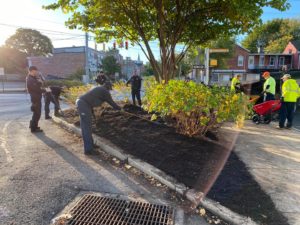
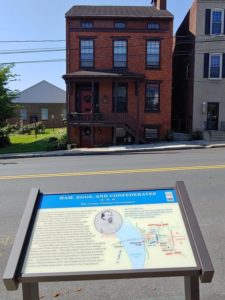
Pingback: A walk to wonder: Taking in Penn Street’s challenges and promise